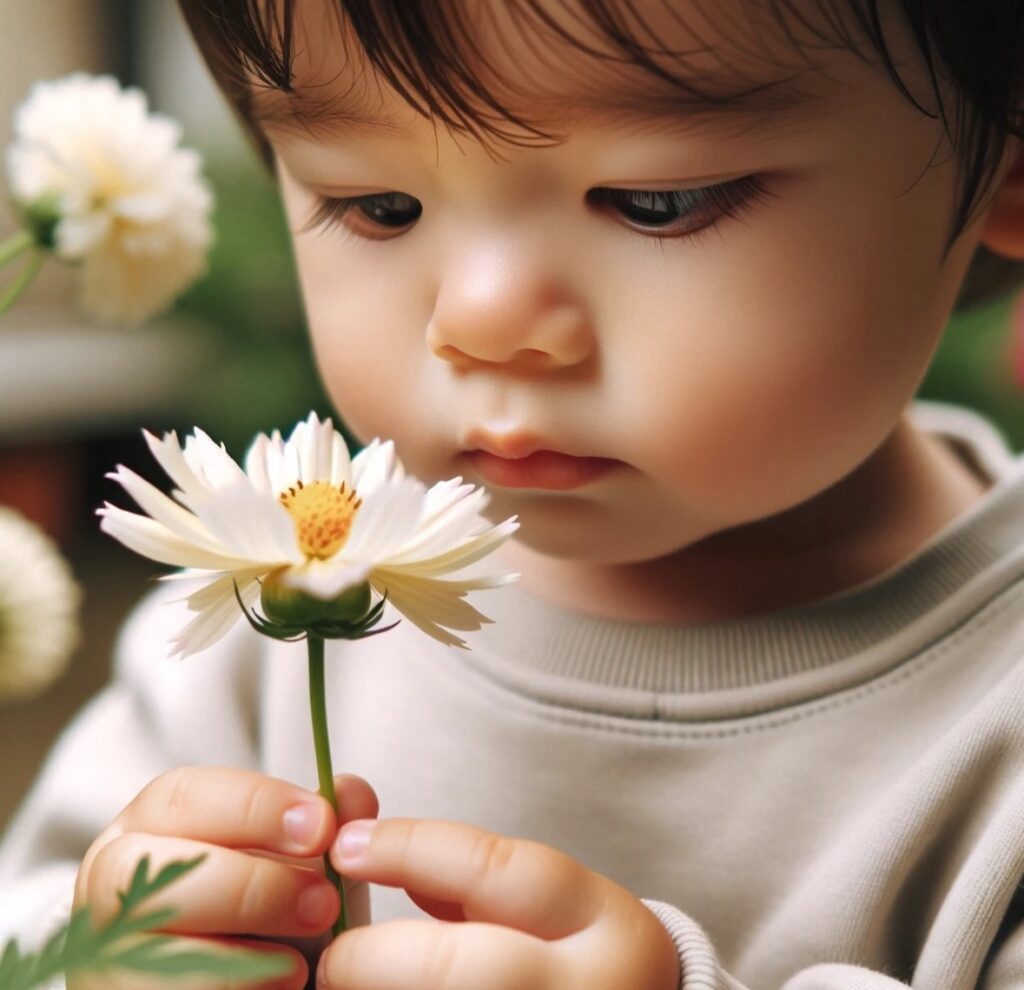
If your child appears sad, it’s important to address the situation with sensitivity and understanding. Children, like adults, can experience a range of emotions, and sadness is a natural part of emotional development. Here’s how you can approach this concern, supported by insights from child development research:
1. Observe and Communicate
First, observe if the sadness is persistent or linked to a specific event. Encourage open communication by asking gentle, open-ended questions about how they feel and what may be causing these feelings. Research from the University of Cambridge emphasizes the importance of validating children’s emotions and discussing them openly, which can help children learn to manage their emotions effectively.
2. Provide Emotional Support
Ensure that your child feels supported and understood. Don’t dismiss their feelings as trivial. A study in the Journal of Child Psychology and Psychiatry found that children who feel supported by their parents are better at handling emotional challenges and are less likely to experience prolonged periods of sadness.
3. Create a Nurturing Environment
Make your home a safe space where your child feels free to express any feelings without judgment. This approach is supported by findings from the American Psychological Association, which suggest that a nurturing home environment contributes to better emotional and mental health in children.
4. Encourage Social Interaction
If your child is feeling isolated, encourage playdates or activities with peers. Social interaction can improve mood and emotional well-being. Research from Stanford University indicates that peer relationships play a crucial role in emotional resilience in children.
5. Promote Physical Activity
Engage your child in physical activities, as exercise can boost mood through the release of endorphins. According to a study published in Pediatrics, regular physical activity is associated with improvements in psychological well-being and reduced symptoms of depression in children.
6. Monitor Changes
Keep an eye on how your child’s mood changes over time. If the sadness persists and starts to interfere with their daily life or schoolwork, it may be time to seek help from a pediatrician or a child psychologist. Persistent sadness can be a sign of depression, and early intervention is crucial. A landmark study in The Lancet highlighted the effectiveness of early psychological interventions in improving outcomes for children experiencing depression.
7. Seek Professional Help if Necessary
Do not hesitate to seek professional help if the sadness persists or if your child displays other symptoms such as withdrawal from activities they usually enjoy, changes in eating or sleeping habits, or expressions of hopelessness. Professional guidance from a child psychologist or counselor can be vital in addressing deeper emotional issues.
Addressing your child’s sadness with empathy and concern shows them that their feelings are important and that they have your support. By fostering open communication and a supportive environment, you can help your child navigate their emotions and develop healthy coping mechanisms.
